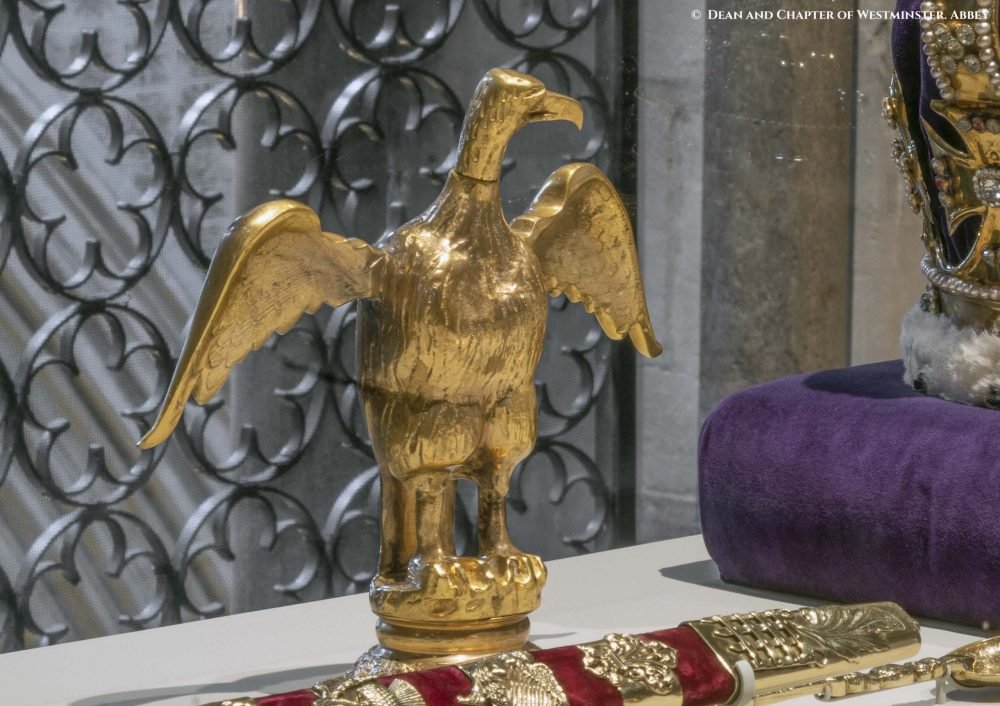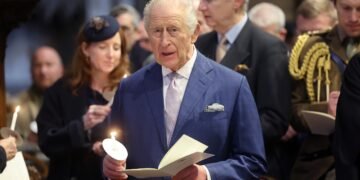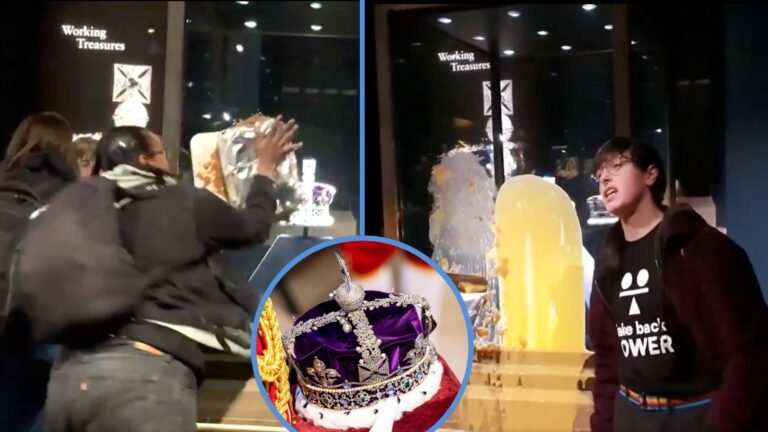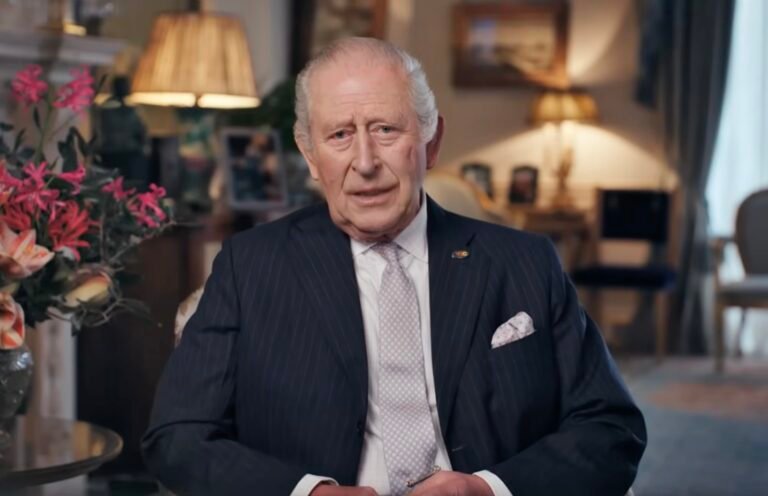The Crown Jewels symbolise the power of the Monarchy, with some items recalling their link to the divine. Among these objects are the Ampulla and Anointing Spoon, which play a significant role in the most sacred part of the coronation ceremony: the anointing.
Founded in the tradition of the Old Testament, anointing follows the practice at King Solomon’s crowning.
The first recorded use of the Ampulla and Anointing Spoon in an English coronation ceremony was in 1154, for that of Henry II. It is believed that the Ampulla and Anointing Spoon were made specifically for this ceremony, and they have been used in every coronation ceremony since.
The Ampulla
The Ampulla is a small, gold vessel in the shape of an eagle with outstretched wings It is used to hold the holy oil which anoints the Monarch during the coronation.
The vessel was created after the Restoration for the Coronation of Charles II in 1661, much like most of the Crown Jewels, which had been melted down after the execution of Charles I in 1649. It measures just over 20cm tall, and weighs 660g.
Its design in the form of a bird is based on an earlier, smaller piece, created on the basis of a fourteenth-century legend: the Virgin Mary is said to have appeared to St Thomas Becket and presented him with a golden eagle and a vial of oil for anointing the future Kings of England.

Like the other Restoration pieces, it was made by Robert Vyner, the royal goldsmith.
The Archbishop of Canterbury pours the consecrated holy oil into the Ampulla, and the oil is then transferred to the Anointing Spoon via the bird’s mouth.
Following a centuries-old recipe, the chrism oil is fragranced with herbs and flowers in Jerusalem, near the site of Jesus’ crucifixion.
The Anointing Spoon
The Anointing Spoon, sometimes called the Coronation Spoon, is shaped like a cross with a circular bowl for the oil at the end. The bowl is divided in two ‘lobes’ by a raised level, and it is engraved with acanthus leaf scroll detailing.
Made of silver gilt, the bowl of the spoon is joined to the stem by a stylised monster’s head, which leads to a flattened stem embellished with four pearls, and more scroll detailing. Another monster’s head follows, ending in a spiral-twisted stem and rounded end.

It is 26.7 cm (10.5 inches) long.
Records show the spoon first appearing in 1349, amongst St Edward’s Regalia in Westminster Abbey – the original Crown Jewels. It is described as a spoon of ‘antique forme’, marking it as an older piece even at that time.
The design of the spoon is estimated to be from the 12th century and is remarkably the only piece of royal goldsmiths’ work to survive from this period.
The spoon was miraculously saved from the melting pot by Mr Kynnersley, a Yeoman of Charles I’s Wardrobe. He purchased it and returned it to Charles II at the Restoration, which is also when the pearls were added.

The Anointing Spoon is used to transfer the oil from the Ampulla to the Monarch for – as the name suggests – anointing. The King or Queen is anointed on the forehead, breast, and hands.
The coronation ceremony is steeped in tradition, and the use of the Ampulla and Anointing Spoon is one of its most significant elements.
The ceremony has been adapted over the centuries, but the use of these two items has remained constant, symbolising the Monarch’s consecration as God’s chosen ruler.
Although the Monarch is no longer considered divine in the same way, their use and the anointing during the ceremony also confirms the Royal as the Supreme Governor of the Church of England.







